FPV (first-person view) Drone Technology made its mark at today’s Formula One Hungarian Grand Prix, offering viewers a unique perspective of the high-speed action. The drone footage was featured during laps 27, 37, 43, 61, and 70 of the race at the Hungaroring circuit.
Drone Operations and Limitations
The FPV drone was permitted to fly within the track confines, focusing on capturing the racing action around turn 13 of the Hungaroring. However, safety considerations played a crucial role in the drone’s operation. Obviously the FPV drone had to stay clear of spectators and keep a safe distance from the racing action on the track.
These restrictions, combined with the wide-angle lenses typically used on FPV Drones, resulted in footage that was somewhat less spectacular than what has been seen in other contexts.
Growing Trend in F1 Coverage
This isn’t the first time FPV drone footage has been utilized during F1 races. The inclusion of such footage suggests that the FIA (Fédération Internationale de l’Automobile) is exploring ways to enhance race coverage through innovative camera techniques.
Race Results and Track Details
While the drone footage added a new dimension to the broadcast, the race itself saw Oscar Piastri claim victory, followed by Lando Norris in second and Lewis Hamilton in third.
The Hungaroring, where the race took place, is a 2.722-mile (4.381 km) circuit located in Mogyoród, Hungary. Known for its twisty nature and challenging conditions, the track has earned the nickname “Monaco without the barriers.”
DroneXL’s Take
The use of FPV drones in Formula One represents a significant step forward in sports broadcasting technology. While the current implementation at the Hungarian Grand Prix had its limitations, it’s part of a broader trend in F1 to explore drone technology for enhanced race coverage.
Recent developments in this area are promising. For instance, Red Bull has showcased a 220mph ‘Drone 1′ capable of capturing an entire lap at Silverstone. This drone can accelerate twice as fast as an F1 car, reaching speeds of 186 mph in just 4 seconds.
However, significant challenges remain, particularly regarding safety. As Motorsport.com reports, drones cannot fly over crowds or cross the track during races, and the presence of large audiences (over 400,000 people on race weekends) complicates their use.
Despite these hurdles, the potential for drones to revolutionize F1 coverage is immense. As technology advances and safety protocols evolve, we can expect to see more innovative uses of drones in Formula One, bringing fans closer to the action than ever before.
Discover more from DroneXL
Subscribe to get the latest posts sent to your email.


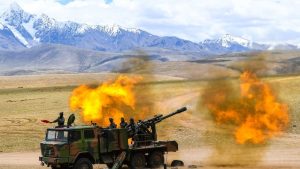
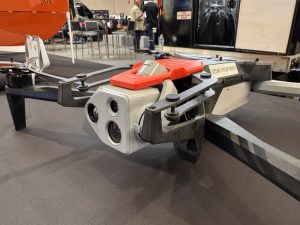
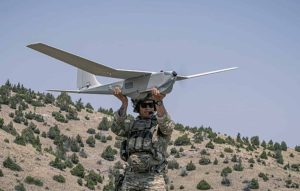
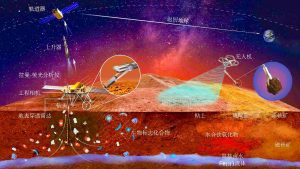
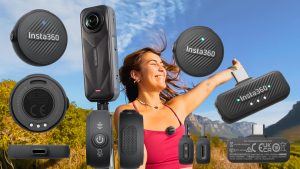
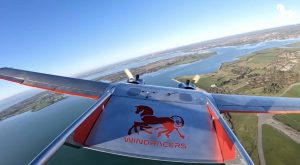
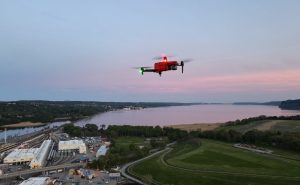
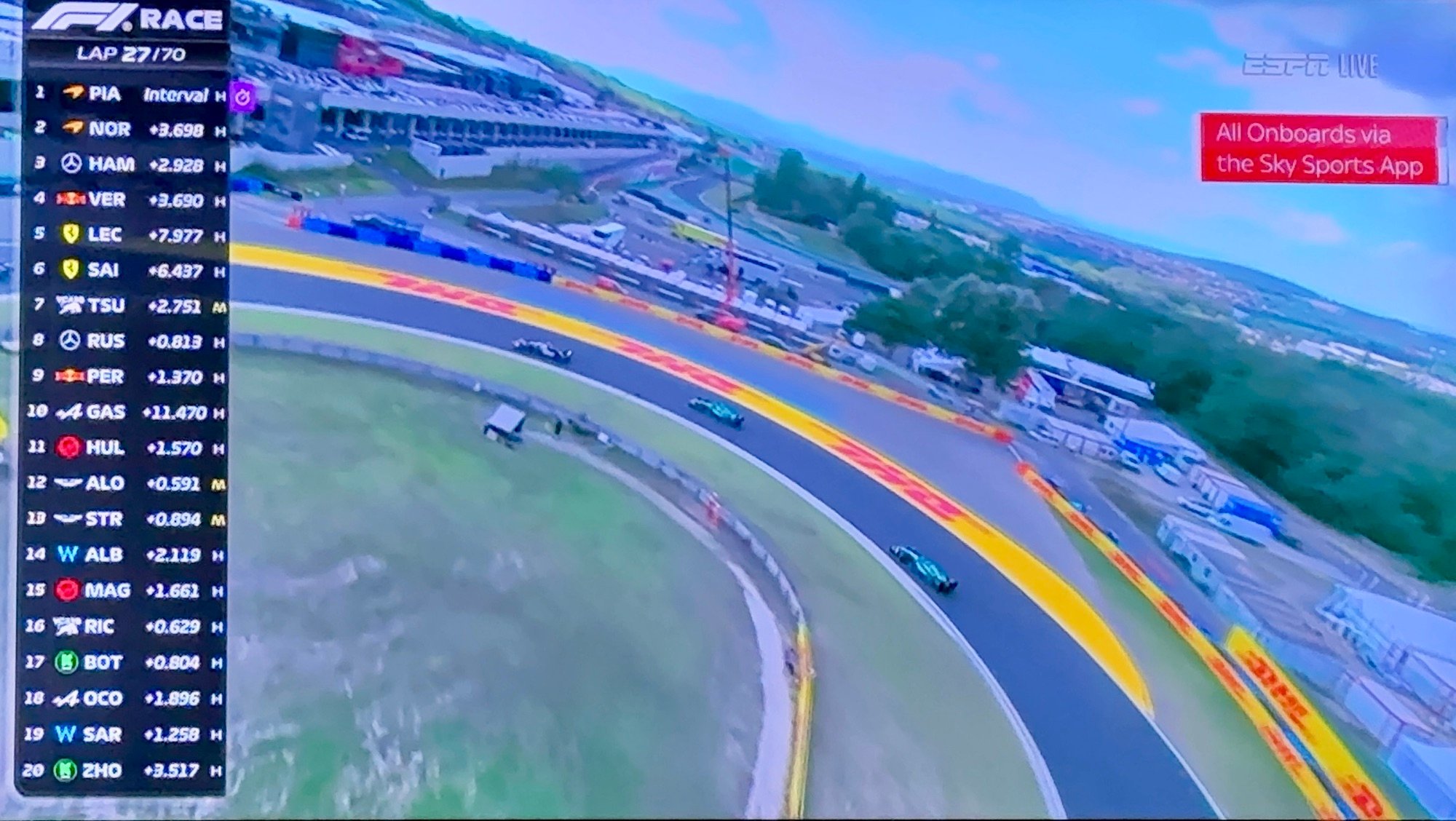
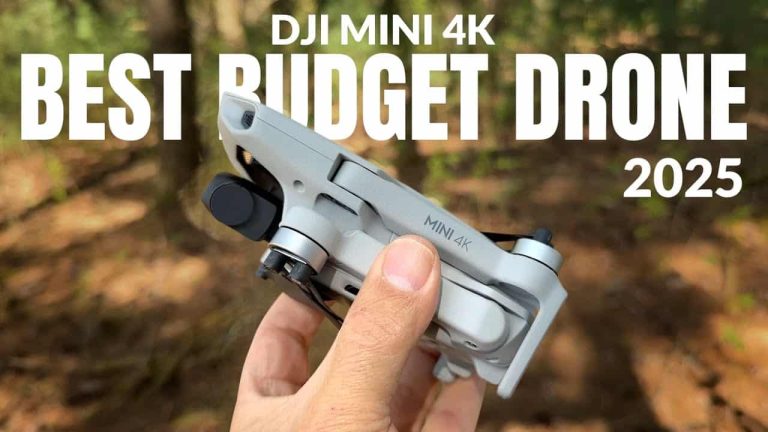
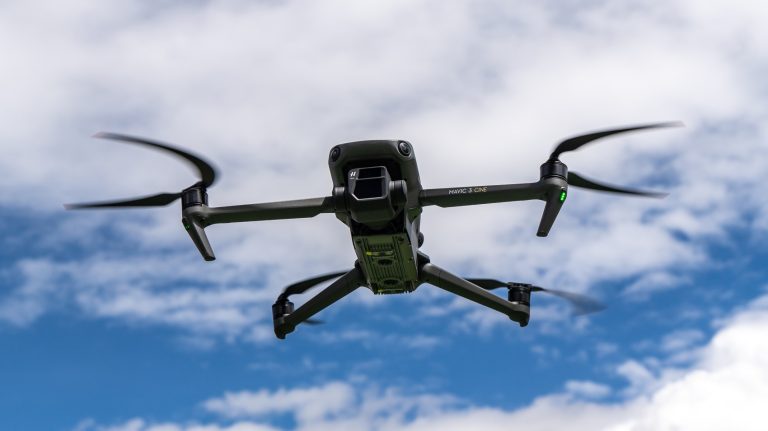
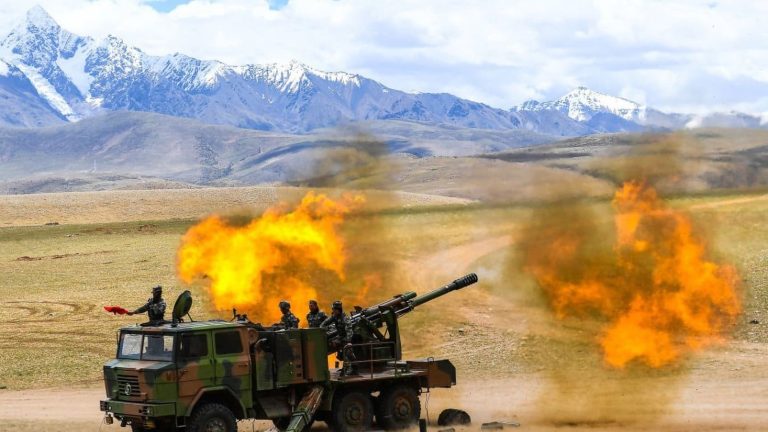
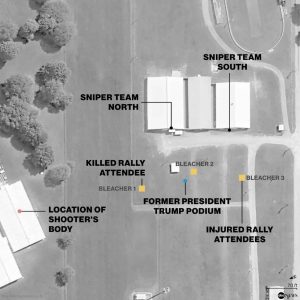
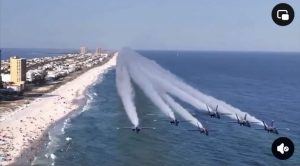
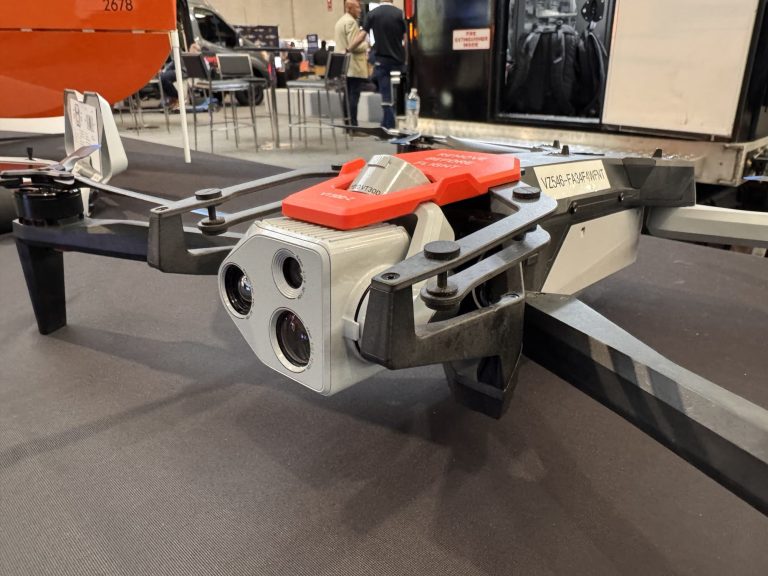
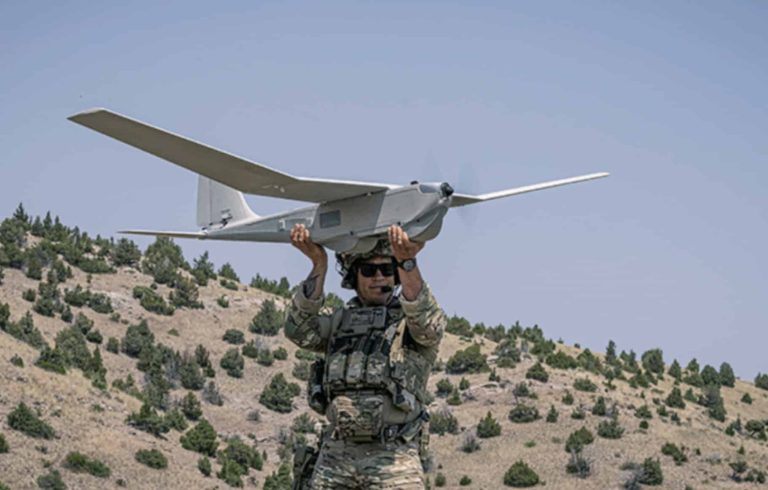
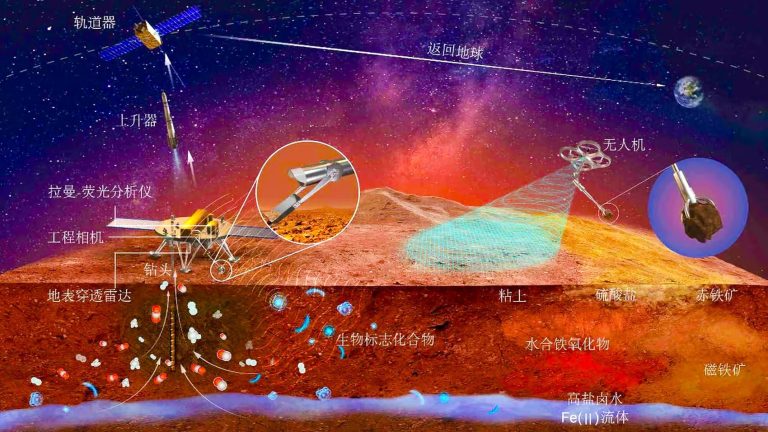
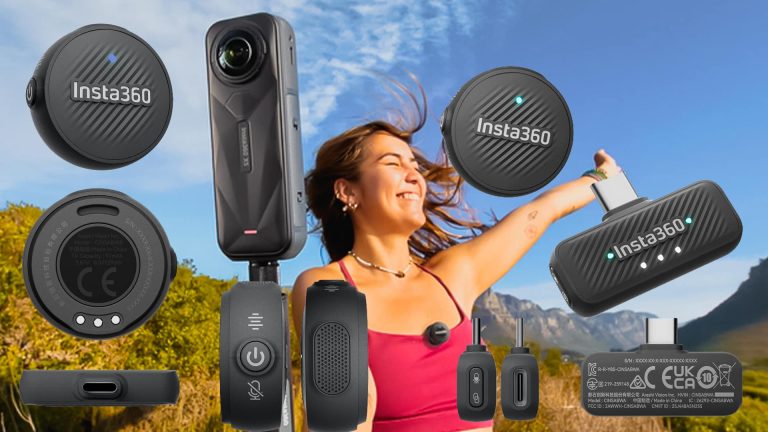
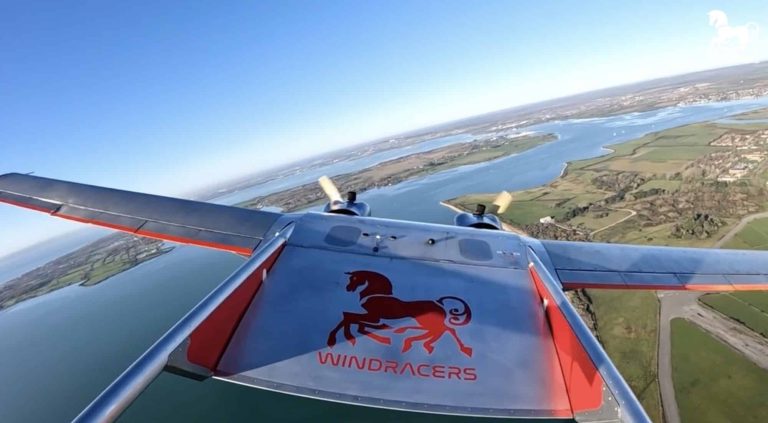
+ There are no comments
Add yours